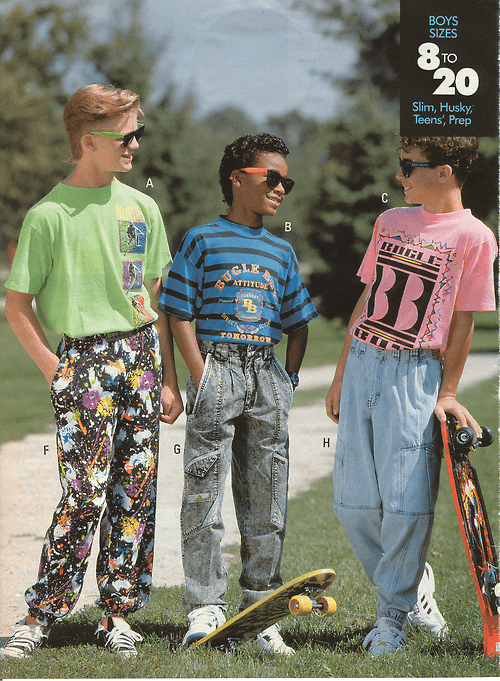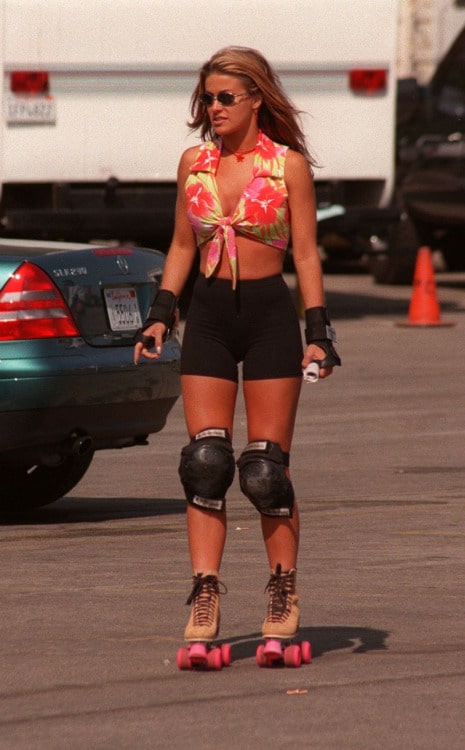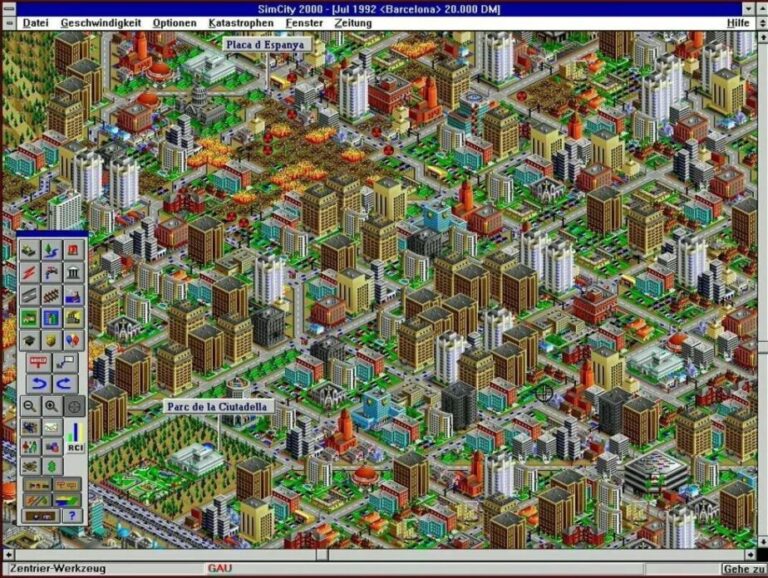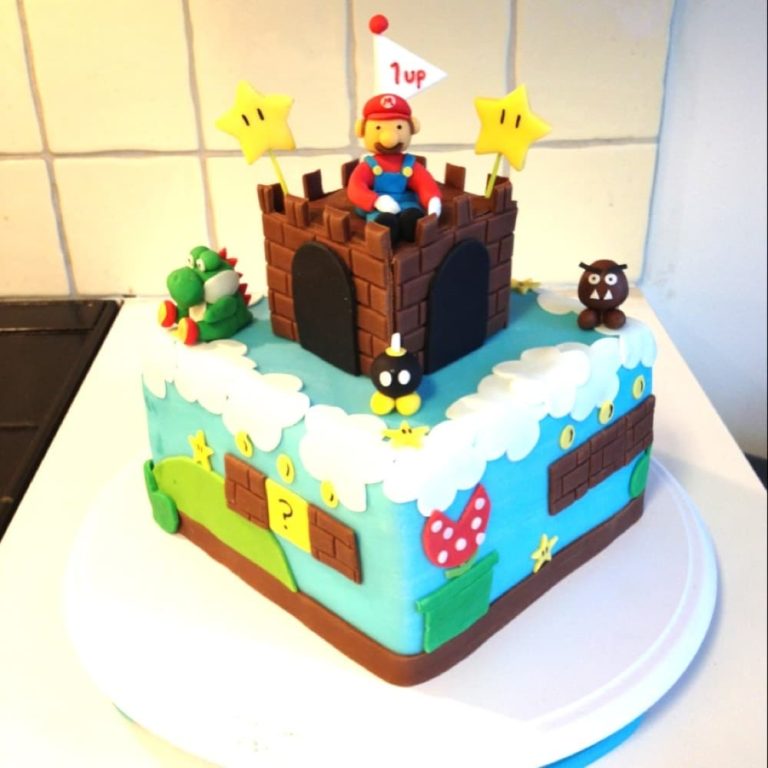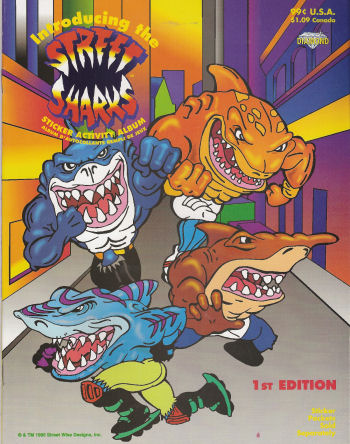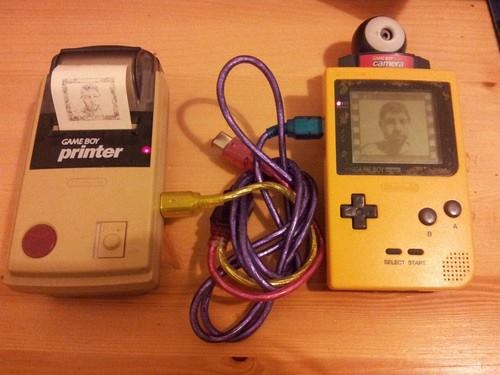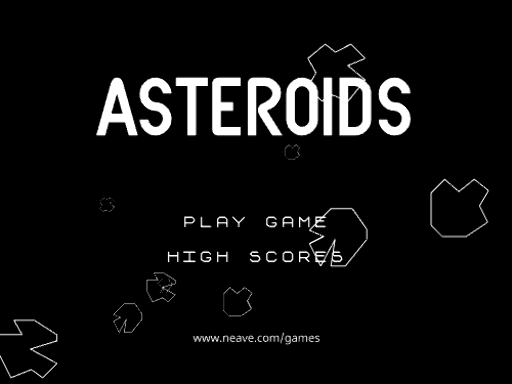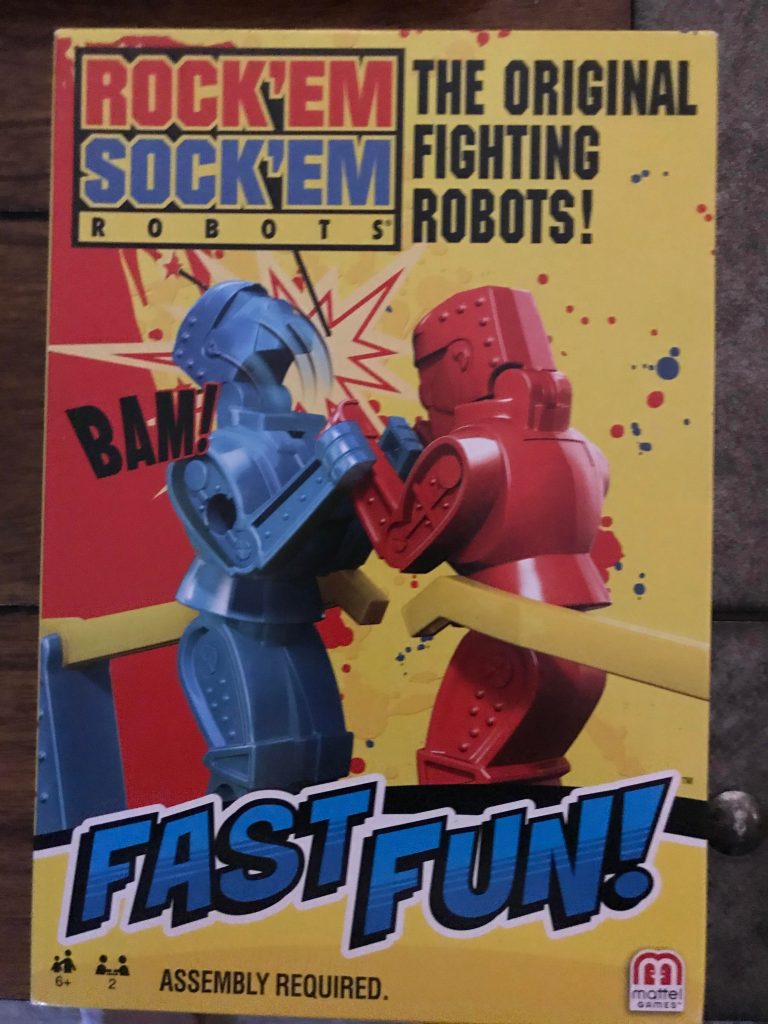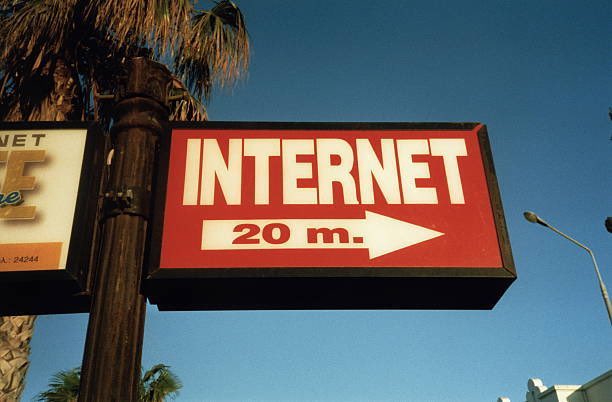
In the 1990s, the internet was a clunky, dial-up novelty—a digital frontier accessed through screeching modems and bulky CRT monitors. For many, the gateway to this brave new world wasn’t their living room but the local internet café, a cultural phenomenon that defined an era of tech exploration, social connection, and caffeine-fueled browsing. Let’s rewind to the days of Netscape Navigator and floppy disks to explore what made internet cafés the coolest hangouts of the decade.
The Birth of the Internet Café
The first internet cafés emerged in the early 1990s, with pioneers like London’s Cyberia (1994) and San Francisco’s SFnet setting the stage. By the mid-90s, these tech havens were popping up in cities worldwide, offering public access to the World Wide Web at a time when home computers were pricey and high-speed internet was a pipe dream. For a few bucks an hour, anyone could log on, sip a latte, and surf a web that was still a patchwork of text-heavy pages and blinking GIFs.
These cafés were more than just places to check email—they were cultural hubs. Part coffee shop, part computer lab, they attracted a eclectic crowd: tech nerds, curious boomers, students, and travelers far from home. In an age before smartphones or Wi-Fi, internet cafés were a rare portal to the global village, where you could send an email to Australia or stumble across a GeoCities page about UFOs.
The Vibe: Neon, Noise, and Newness
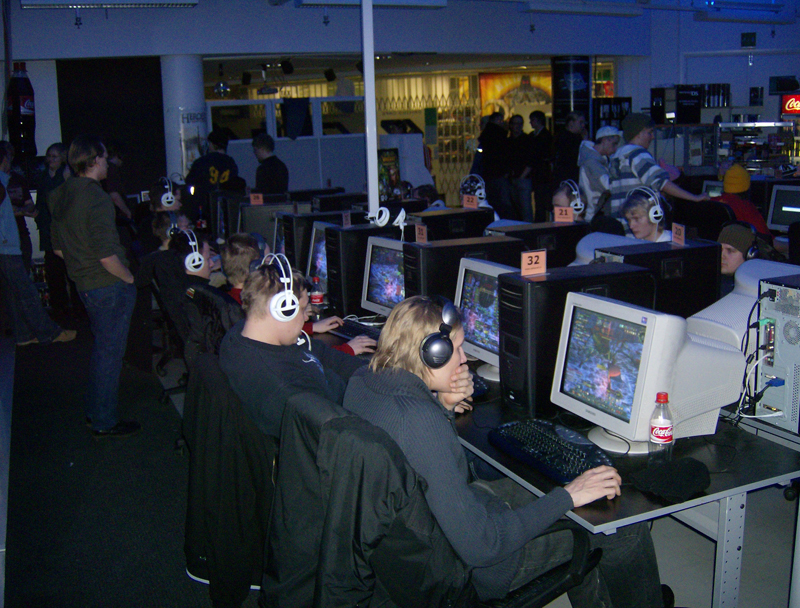
Walk into a 90s internet café, and you’d be hit with a sensory overload. The hum of cooling fans, the click-clack of mechanical keyboards, and the occasional modem screech filled the air. Neon signs glowed above rows of mismatched PCs, their screens casting a bluish hue on focused faces. The walls might sport posters of The Matrix or X-Files, and a chalkboard menu offered overpriced cappuccinos and floppy-disk-shaped cookies.
The atmosphere was electric with discovery. For many, this was their first encounter with the internet—a thrilling, sometimes frustrating experience. Pages loaded at a snail’s pace, and connection drops were common, but the novelty made it worth it. You might spend an hour in a chatroom debating Star Wars with someone from Sweden or downloading a single MP3 on Napster, all while nursing a soda and eavesdropping on the table next to you arguing about HTML vs. Flash.
A Social Network Before Social Media
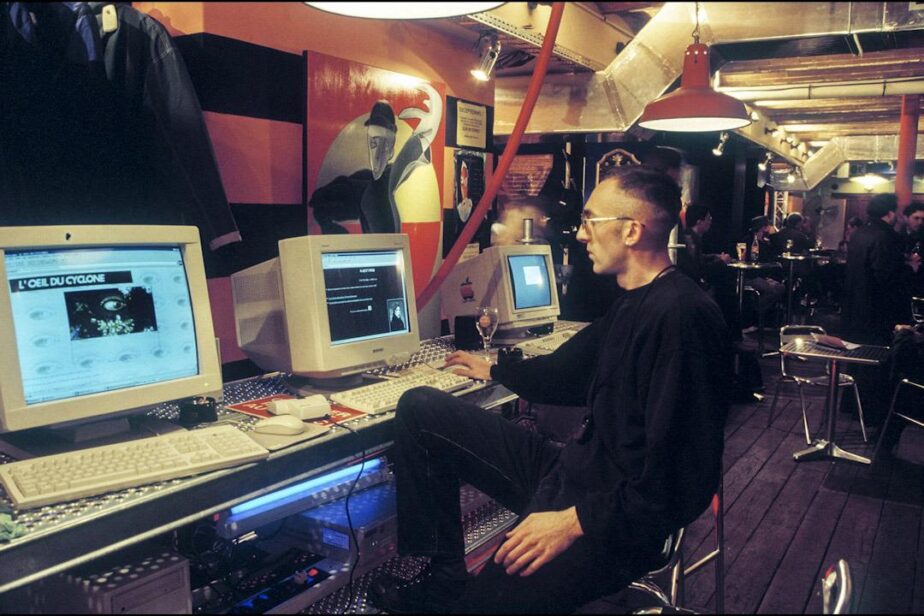
Internet cafés were paradoxically social spaces in an era of solitary browsing. They fostered a sense of community, blending the physical and digital. Regulars bonded over shared frustrations (like Netscape crashing mid-email) or swapped tips on finding the best websites—back when “surfing the web” meant manually typing URLs or clicking through Yahoo!’s directory. Gamers huddled over Quake or StarCraft LAN parties, shouting across the room, while others flirted in AOL chatrooms or printed out MapQuest directions for a road trip.
For travelers, internet cafés were a lifeline. Backpackers in Bangkok or Berlin could fire off emails to family or check bank balances (on painfully slow connections). These cafés often doubled as cultural exchanges, with locals and tourists swapping stories over shared monitors.
The Tech: Gloriously Retro
The tech in 90s internet cafés feels prehistoric today. PCs ran Windows 95 or 98, with 16 MB of RAM and hard drives measured in megabytes. Browsers like Mosaic or Netscape Navigator were your window to a web of basic HTML sites, often with “Under Construction” banners and garish backgrounds. Modems connected at 28.8 or 56 kbps, and downloading a single image could take minutes. Floppy disks were king for saving files, and some cafés even rented them out like library books.
Software was limited but iconic. You’d fire up mIRC for chats, ICQ for instant messaging (complete with its “uh-oh!” notification), or Eudora for email. Games like Doom or Myst were huge draws, especially in cafés with beefier machines. And let’s not forget the thrill of stumbling across early search engines like AltaVista or Ask Jeeves, which felt like magic despite their spotty results.
The Cultural Impact
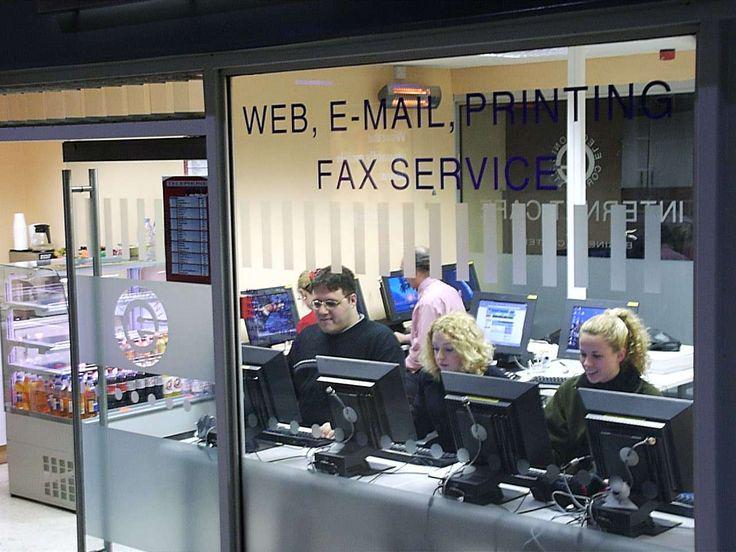
Internet cafés democratized access to technology. In the 90s, a decent PC could cost $2,000, and monthly ISP fees were steep. Cafés leveled the playing field, letting anyone from teens to retirees experiment with the digital age. They were especially vital in developing countries, where home internet was rare, and they sparked tech literacy that fueled the dot-com boom.
They also shaped pop culture. Movies like Hackers (1995) glamorized the cybercafé aesthetic—think rollerblading teens hacking the planet from neon-lit terminals. Bands like Radiohead referenced the digital age in their music, and cyberpunk novels inspired café decor. Even the Y2K panic added a layer of mystique, with cafés hosting “end of the world” coding parties as 1999 ticked toward 2000.
The Decline
By the early 2000s, internet cafés began to fade. Home broadband became affordable, laptops got cheaper, and Wi-Fi turned every coffee shop into a de facto internet hub. Why pay $5 an hour when you could surf from your couch? Some cafés pivoted to gaming parlors or co-working spaces, but many shuttered, their beige PCs sold off or scrapped.
Yet their legacy lingers. Internet cafés introduced millions to the web, laying the groundwork for today’s hyper-connected world. They were the original co-working spaces, the precursors to esports arenas, and the first taste of a global network that’s now in our pockets.
A Fond Farewell
The 90s internet café was a fleeting but formative chapter in tech history. It was a place where the future felt tangible, where every click opened a new world, and where community thrived amid the hum of dial-up. So here’s to those sticky keyboards, those pixelated screens, and those late nights spent chasing the infinite possibilities of a 56k connection. The internet café may be gone, but its spirit lives on in every Wi-Fi hotspot and late-night Reddit thread.
What’s your favorite memory of the 90s internet? Drop a comment and let’s reminisce about the days of dial-up and digital dreams.

